


Salmonella Pullorum, Pullorum Disease, 'Bacillary White Diarrhoea'
Introduction
Disease caused by one of the two poultry-adapted strains of Salmonella bacteria, Salmonella Pullorum, this usually only causes mortality in birds up to 3 weeks of age. Occasionally it can cause losses in adult birds, usually brown-shell egg layers. It affects chickens most commonly, but also infects turkeys, game birds, guinea fowls, sparrows, parrots, ring doves, ostriches and peafowl. It still occurs worldwide in non-commercial poultry but is now rare in most commercial systems.
Morbidity is 10-80%; mortality is increased in stressed or immunocompromised flocks and may be up to 100%. The route of infection is oral or via the navel/yolk. Transmission may be transovarian or horizontal mainly in young birds and may sometimes be associated with cannibalism. The bacterium is fairly resistant to normal climate, surviving months but is susceptible to normal disinfectants.
Signs
- Inappetance.
- Depression.
- Ruffled feathers.
- Closed eyes.
- Loud chirping.
- White diarrhoea.
- Vent pasting.
- Gasping.
- Lameness.
Post-mortem lesions
- Grey nodules in lungs, liver, gizzard wall and heart.
- Intestinal or caecal inflammation.
- Splenomegaly.
- Caecal cores.
- Urate crystals in ureters.
Diagnosis
Isolation and identification. In clinical cases direct plating on Brilliant Green, McConkey and non-selective agar is advisable. Enrichment procedures usually rely on selenite broth followed by plating on selective media.
Differentiate from Typhoid, Paratyphoid, paracolon, other enterobacteria, chilling and omphalitis
Treatment
Amoxycillin, poteniated sulponamide, tetracylines, fluoroquinolones.
Prevention
Eradication from breeder flocks. As with other salmonellae, recovered birds are resistant to the effects of infection but may remain carriers. Vaccines are not normally used as they interfere with serological testing and elimination of carriers.







